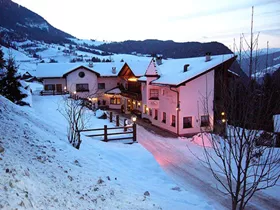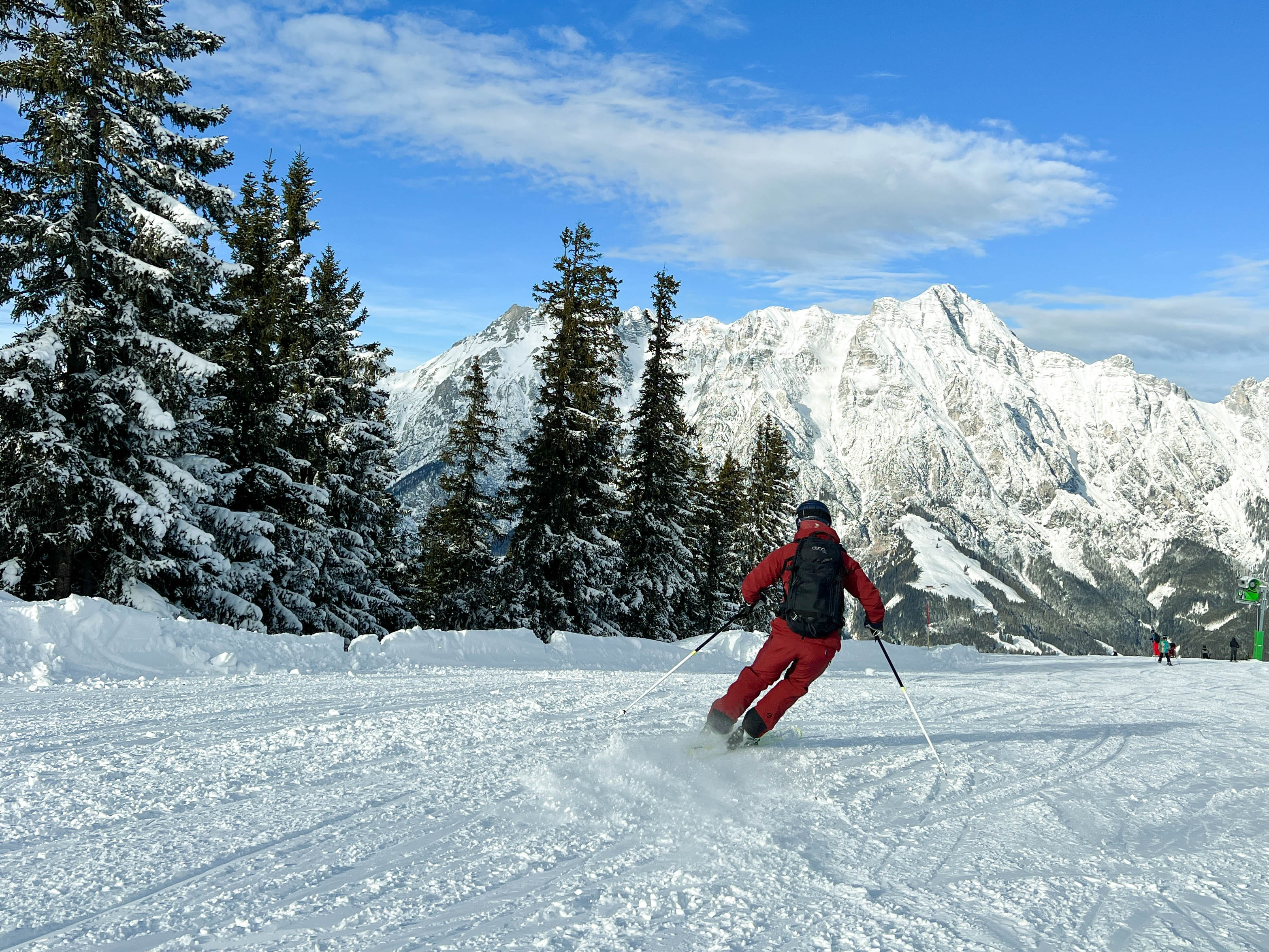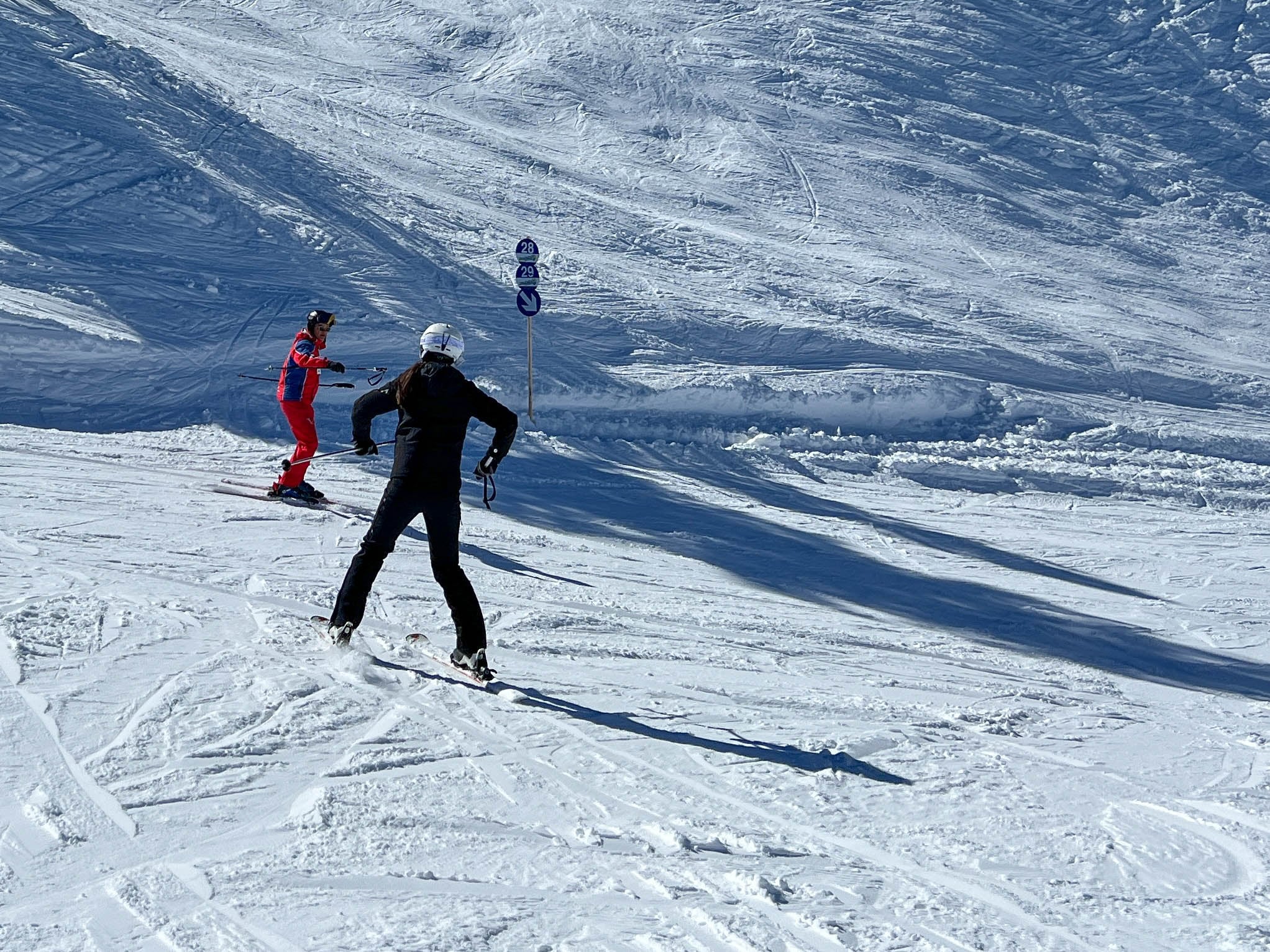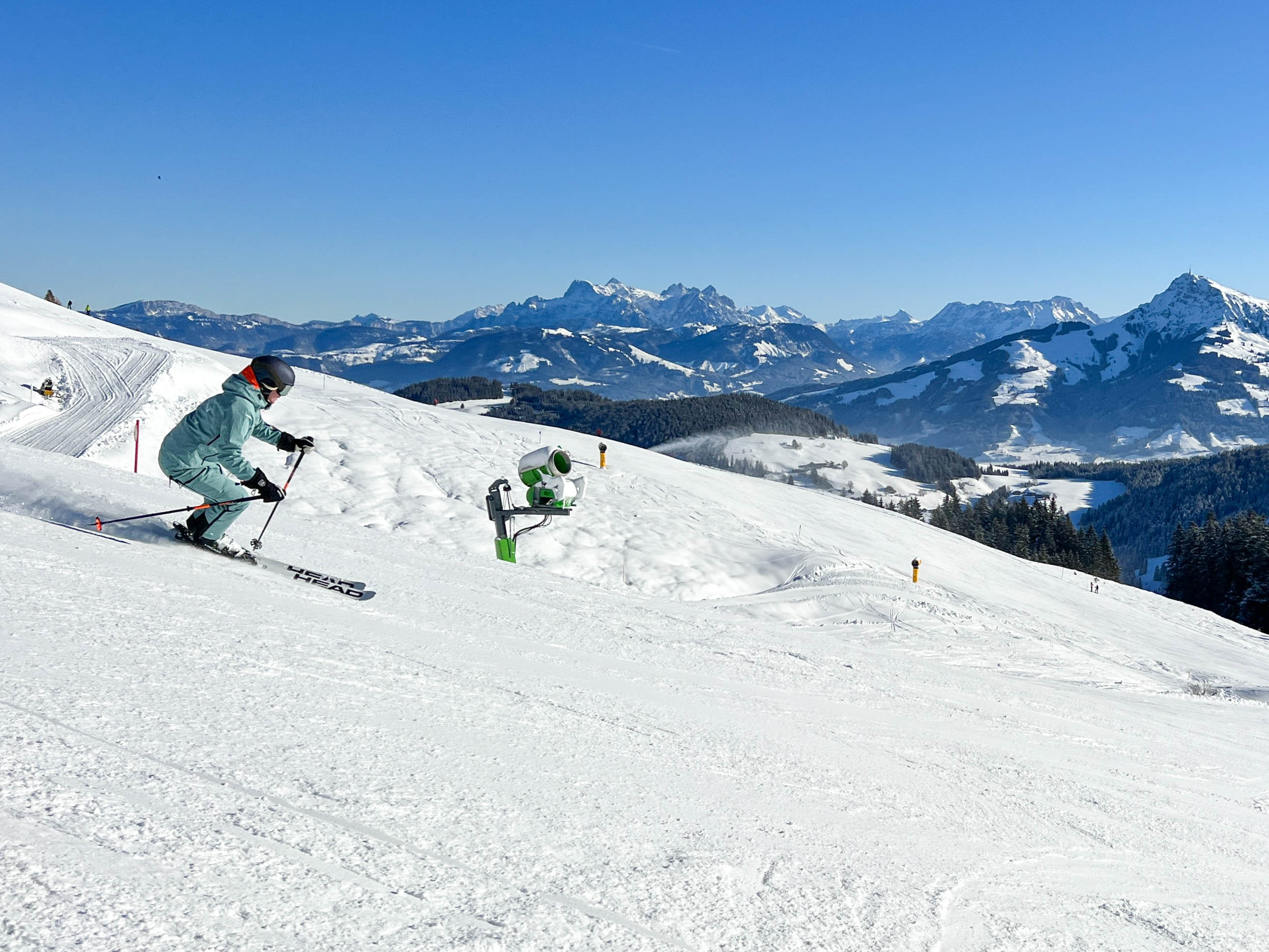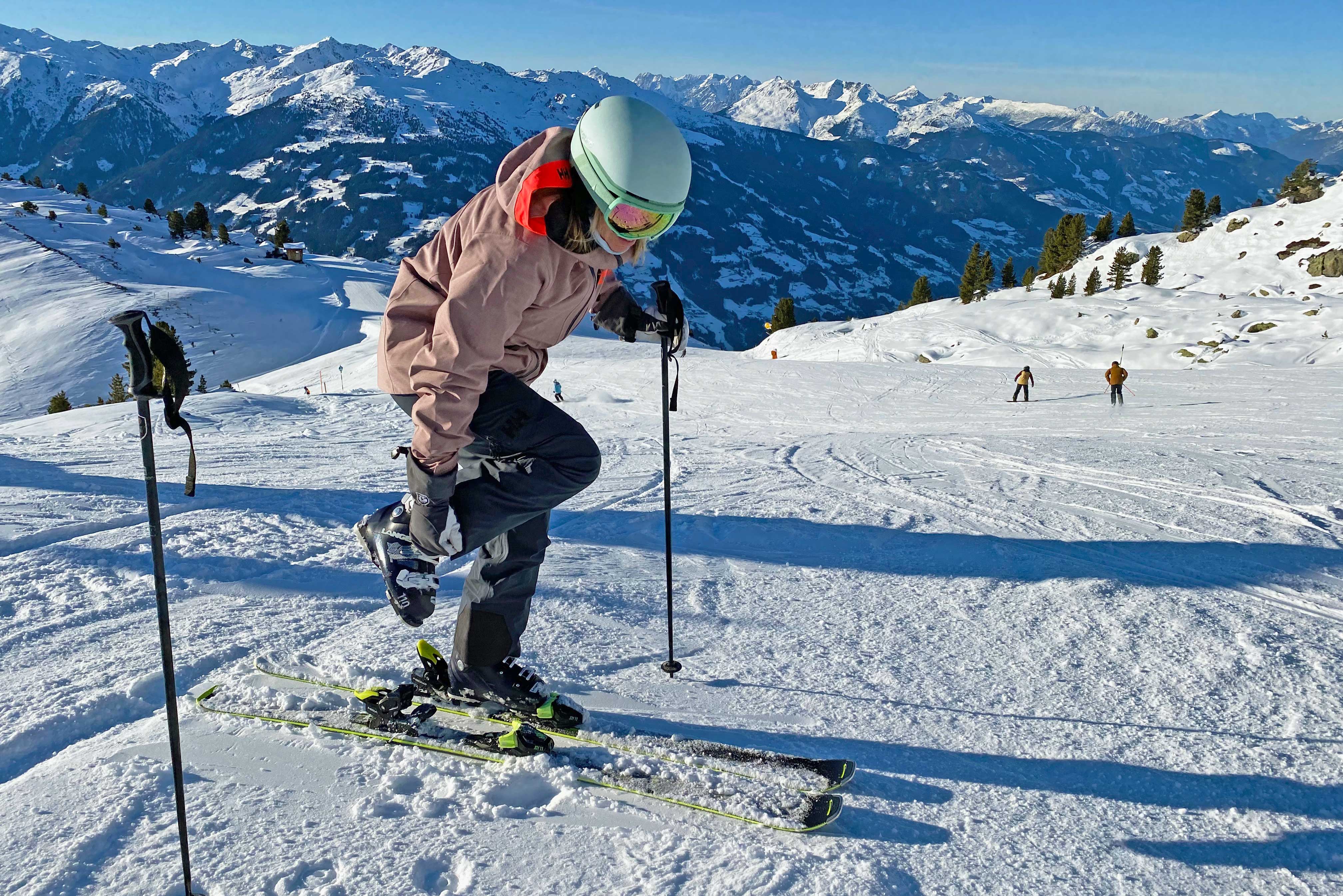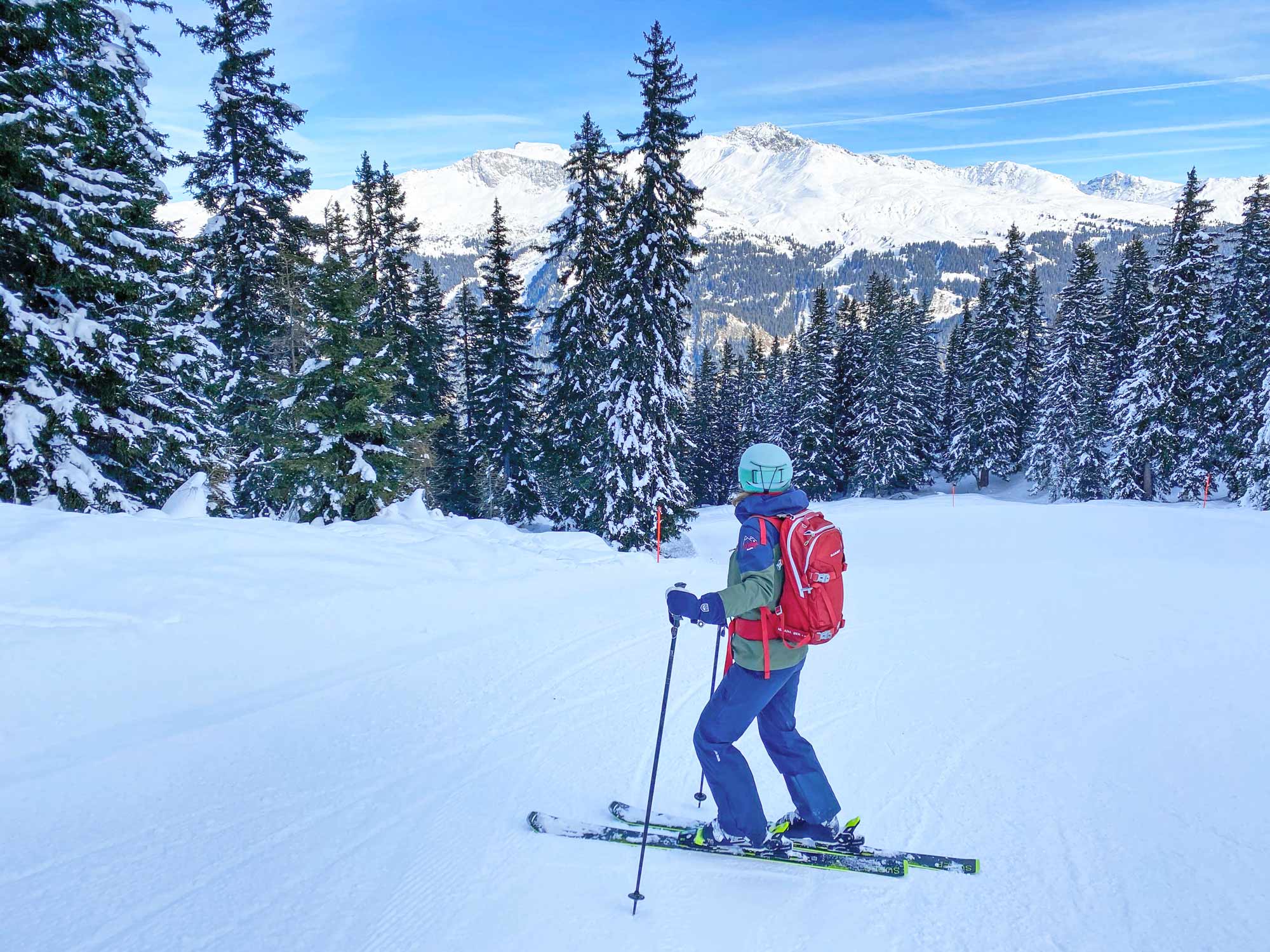
You’ve learned how to do a perfect snowplough and you’re feeling confident about your abilities, so your ski instructor suggests you move onto a slightly harder slope. Great! The only thing is, your smile fades a little as you catch sight of the drag lift. Is THAT supposed to take you up the hill? The magic carpet was fine and the chairlift looks easy, but this is... wobbly! And there are people wiping out! If you find yourself in this position, check out the rest of this article for some handy tips on how to master the drag lift.
Boarding the drag lift
The most common mistake that people make with drag lifts is trying to sit down. Whether it’s a T-bar or a button tow, neither one is equipped to take your whole weight. The idea is that you position yourself in front of the lift and let it drag you along the surface of the snow – hence the name drag lift. When it’s your turn, transfer your poles to your outer hand, grab the lift and put it between your legs. With your free hand, grab onto the pole of the lift. And that’s it – your goal now is just to stay in an upright, balanced position until you reach the top so you don’t veer out of the tracks. Keep in mind that once you position yourself in the lift, it might take a few seconds before you feel the pull of the lift.
Riding the drag lift without falling off
Skiers should make sure their skis are parallel and stay within the tracks. Likewise, snowboarders should aim to follow the tracks. It’s possible you might be sharing a T-bar with someone else, in which case this is even more important if you don’t want to take out the person next to you! If you do happen to fall on your way up the lift, get out of the way quickly so you don’t get hit by the other skiers and snowboarders.

Getting off the drag lift
Once you reach the top, you have a few seconds to disembark. You do so by waiting until you reach the top (it will be easier to get off the lift if you wait until the very top when the track is not as steep), extricating yourself from the pole between your legs and gently letting it fall forward to get snapped up by the top rope while you ski or snowboard away from the track.
You’ve learned how to do a perfect snowplough and you’re feeling confident about your abilities, so your ski instructor suggests you move onto a slightly harder slope. Great! The only thing is, your smile fades a little as you catch sight of the drag lift. Is THAT supposed to take you up the hill? The magic carpet was fine and the chairlift looks easy, but this is... wobbly! And there are people wiping out! If you find yourself in this position, check out the rest of this article for some handy tips on how to master the drag lift.
Boarding the drag lift
The most common mistake that people make with drag lifts is trying to sit down. Whether it’s a T-bar or a button tow, neither one is equipped to take your whole weight. The idea is that you position yourself in front of the lift and let it drag you along the surface of the snow – hence the name drag lift. When it’s your turn, transfer your poles to your outer hand, grab the lift and put it between your legs. With your free hand, grab onto the pole of the lift. And that’s it – your goal now is just to stay in an upright, balanced position until you reach the top so you don’t veer out of the tracks. Keep in mind that once you position yourself in the lift, it might take a few seconds before you feel the pull of the lift.
Riding the drag lift without falling off
Skiers should make sure their skis are parallel and stay within the tracks. Likewise, snowboarders should aim to follow the tracks. It’s possible you might be sharing a T-bar with someone else, in which case this is even more important if you don’t want to take out the person next to you! If you do happen to fall on your way up the lift, get out of the way quickly so you don’t get hit by the other skiers and snowboarders.

Getting off the drag lift
Once you reach the top, you have a few seconds to disembark. You do so by waiting until you reach the top (it will be easier to get off the lift if you wait until the very top when the track is not as steep), extricating yourself from the pole between your legs and gently letting it fall forward to get snapped up by the top rope while you ski or snowboard away from the track.




